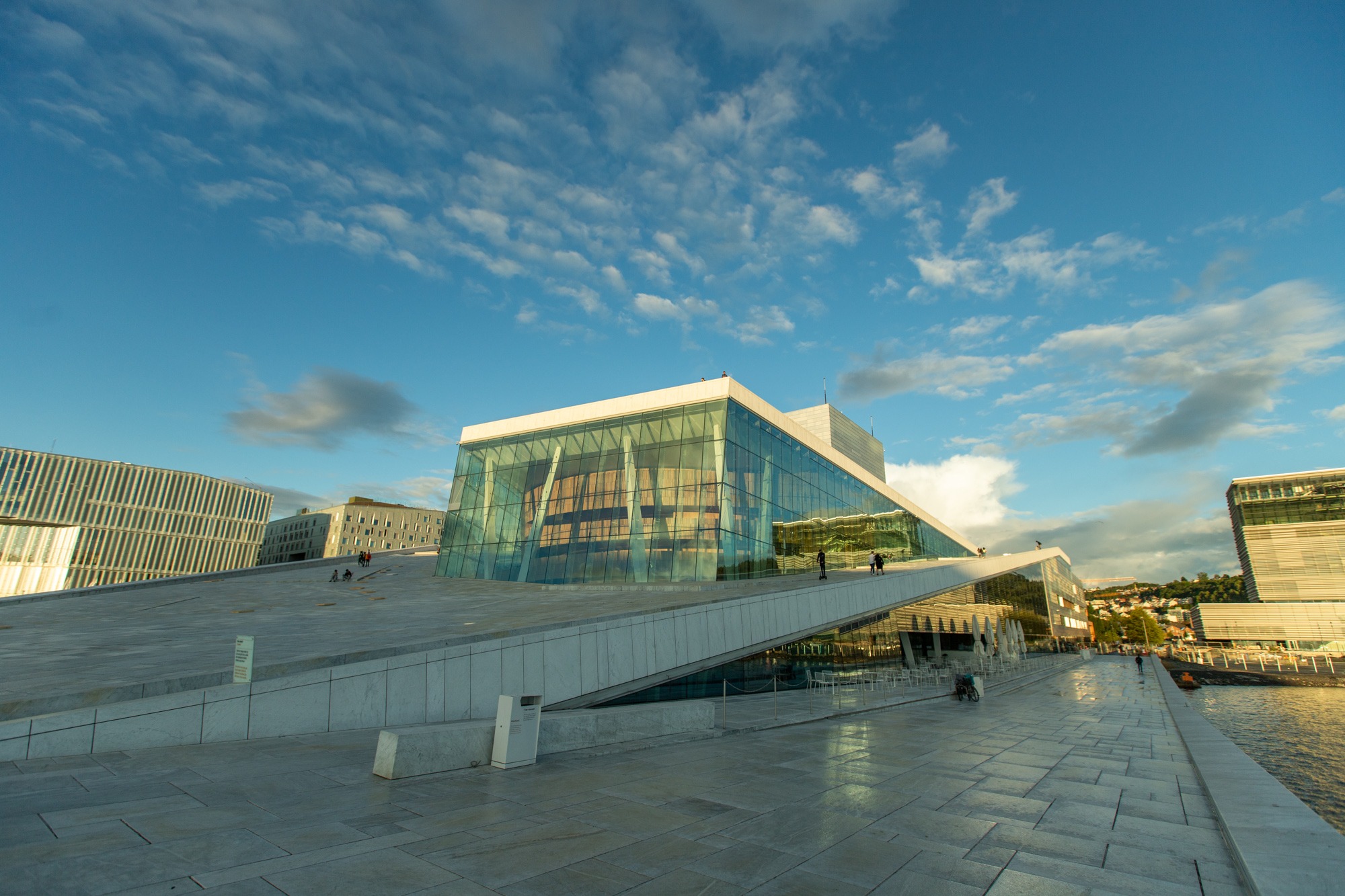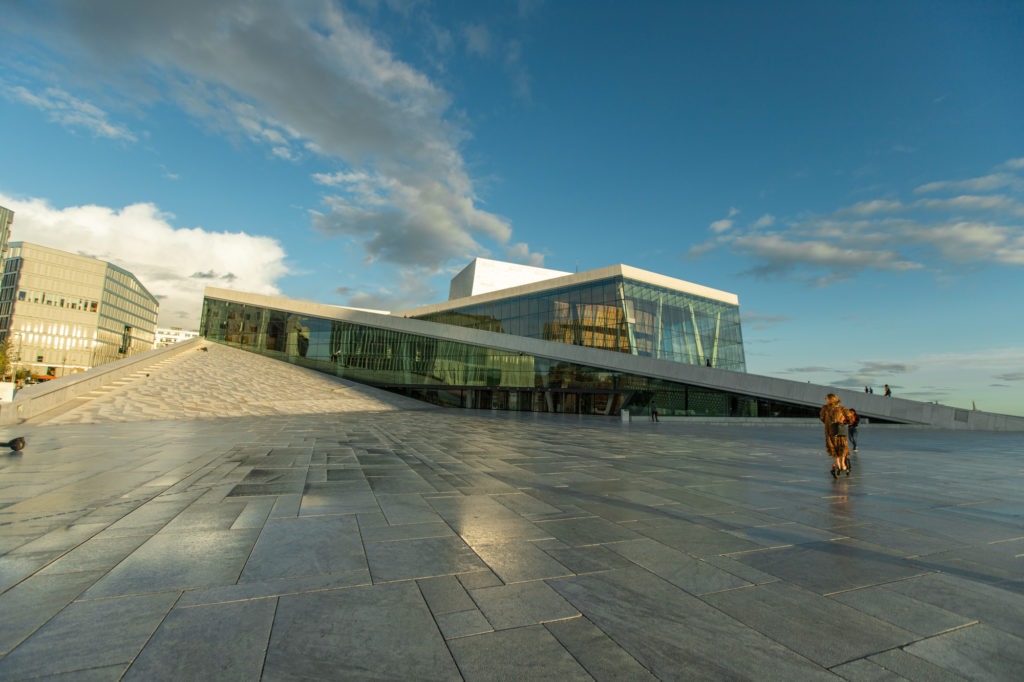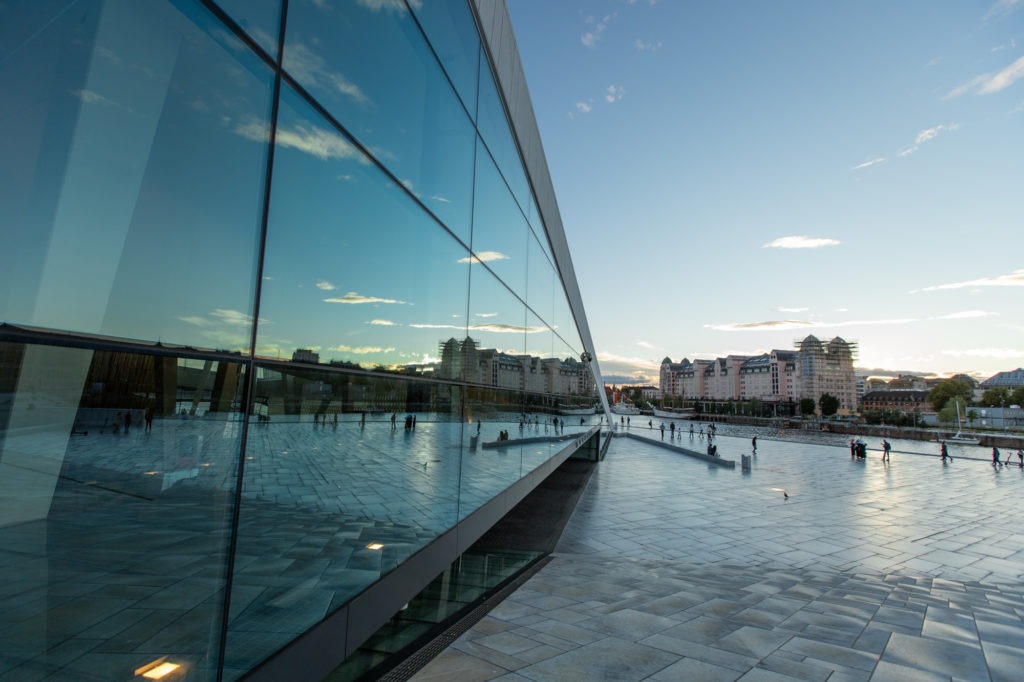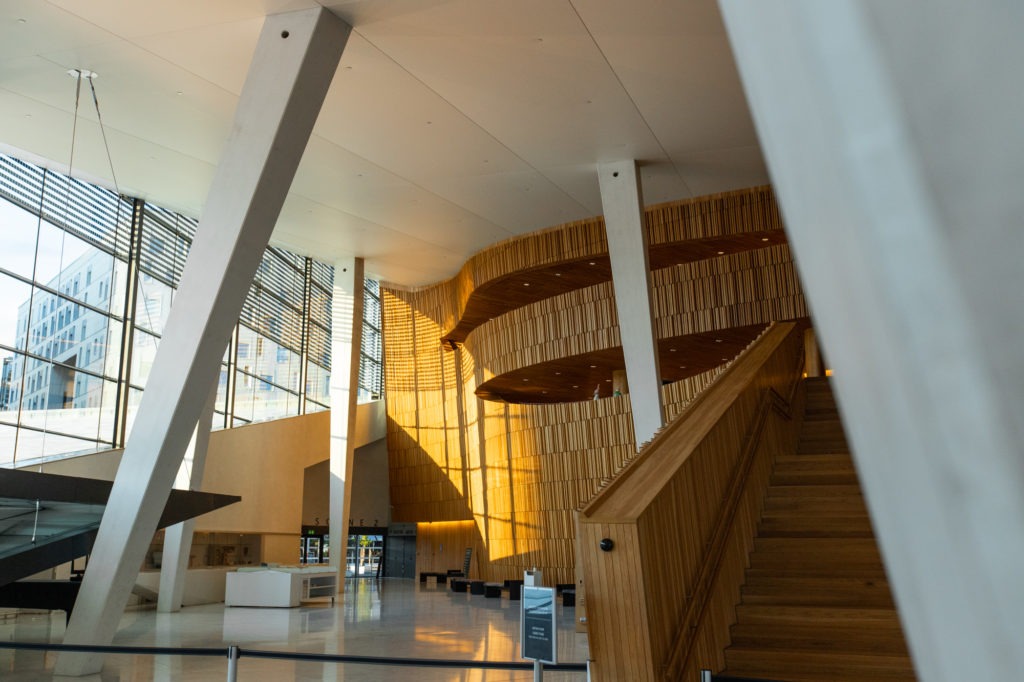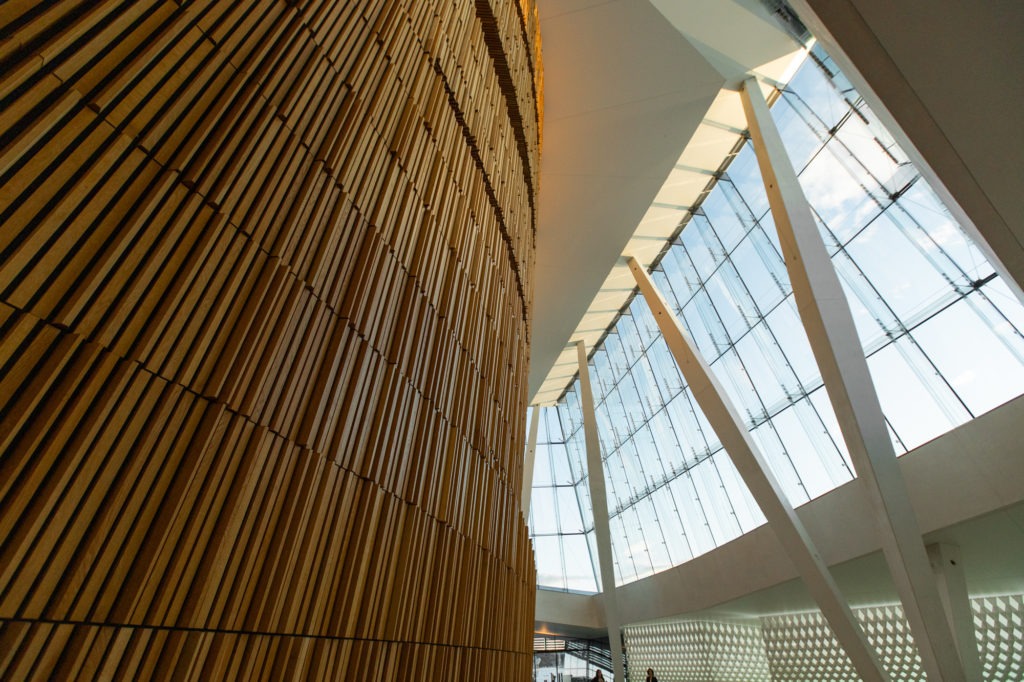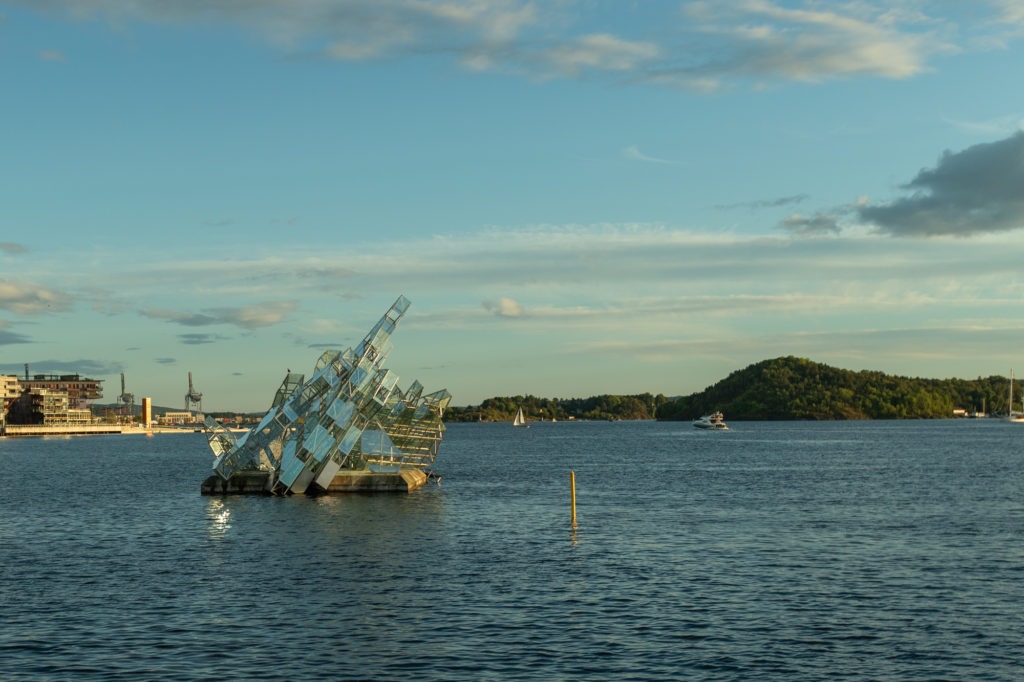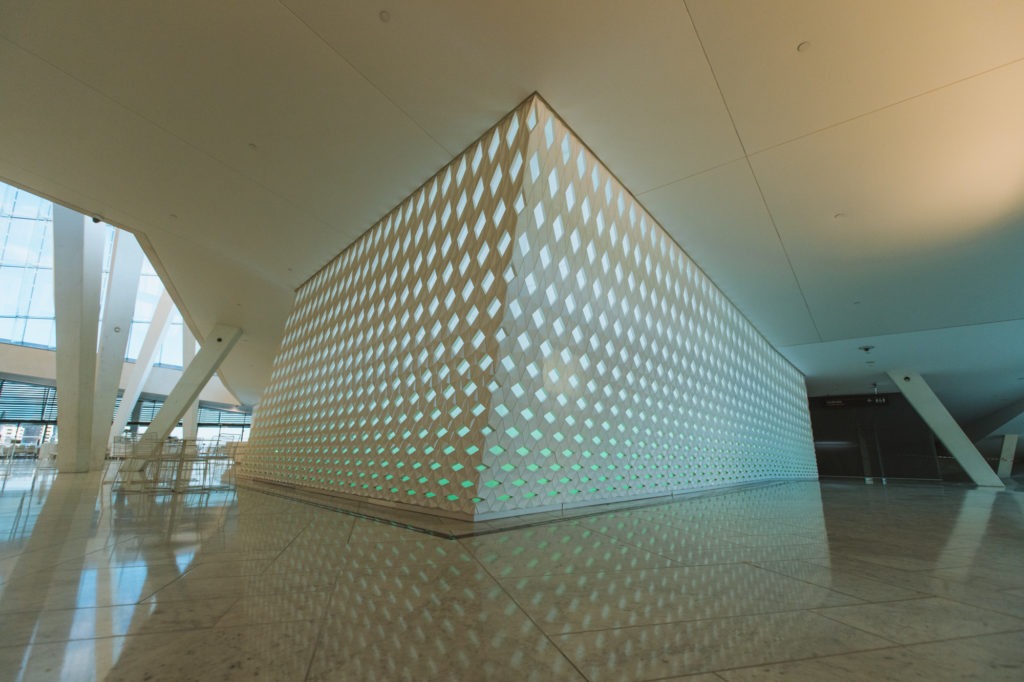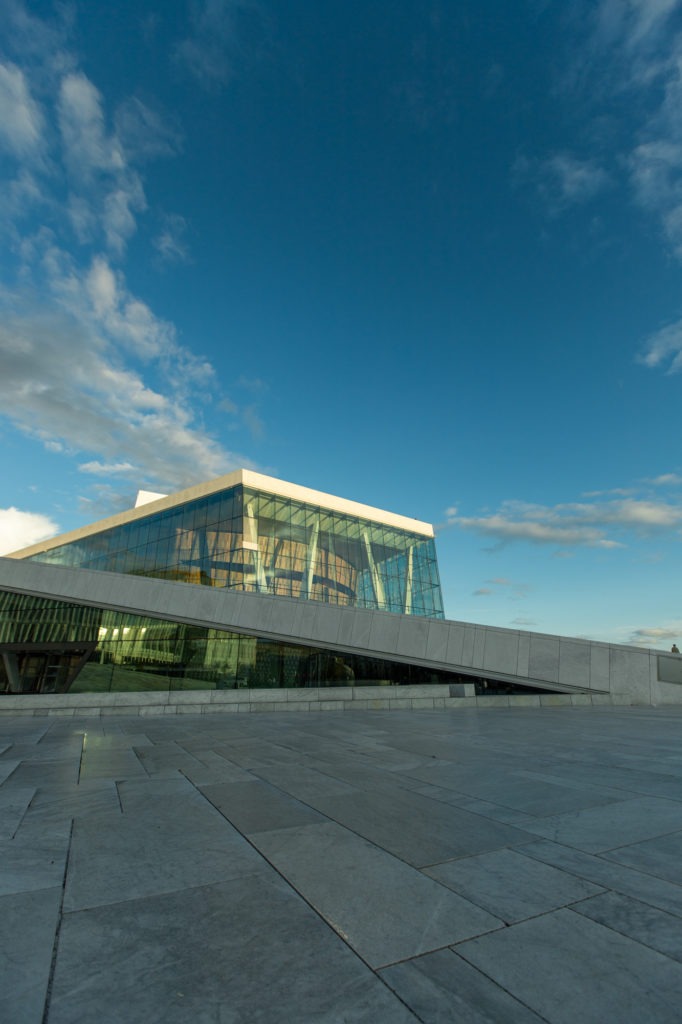The Norwegian Opera and Ballet in Oslo is a truly special building with a lot of unique features. One of the most noteworthy is that its roof angles down to ground level, opening up for people to use the roof as a plaza or a walkway. The marble and white granite roof which extends from sea level to its 54 metres high peak is often used for social gatherings, concerts and other cultural events, making the opera house a cultural cub in the Norwegian capital.
An Epicentre of Culture
Naturally, The Norwegian National Opera & Ballet is not just a building, it is an international cultural landmark. In addition to opera performances and ballets, the Opera House hosts concerts and cultural experiences for people of all ages. Here you may experience classical masterpieces like Hamlet, The Valkyrie, and Suor Angelica, as well as solo concerts with Norwegian artists. They also offer baby opera, school projects, and guided tours.
Not Just Architecture
In addition to being an artwork in itself, the Opera House is filled with both small and large artworks. With a ceiling height of up to 20 metres in the foyer, naturally, it is room for artworks. The wall surrounding the lobby’s bathroom facilities is a large illuminated wall with hexagonal patterns creating an illusion of melting ice. The waving wooden walls and stairs in the lobby symbolize the waving seas along the Norwegian coast.
In the fjord right outside the Opera, we find She Lies, a sculpture of stainless steel and glass inspired by Caspar David Friedrichs painting, Das Eismeer. The sculpture is 12 metres tall and covers an area of 17×16 metres. The sculpture turns on its axis in line with the tide and wind, resulting in a different look and experience depending on the weather.
A Century-Long Process
The idea of a national opera house in Oslo was almost a century old before the Opera was completed in 2008. Its story starts way back in 1917 when shipowner Christoffer Hannevig offered to finance a dedicated opera building for the capital. Back then, the Opera was a part of the National Theatre, and many believed that the Opera should have its own building. Unfortunately, the plans were put on hold when Hannevig went bankrupt a few years later, but the idea was planted in people’s minds and there were several attempts on planning the Opera during the 20th century.
In 1989 an official process of building an Opera started, and it sparked a decade-long debate of if and where the Opera should be built. It wasn’t before in 1999 the Norwegian parliament issued the permits to build the opera in Bjørkvika in downtown Oslo. The building process started in 2003, and five years and four billion NOK later the opera house was completed. And it quickly became a symbol of both Norwegian architectural and cultural pride.
The Oslo Opera House was designed by the Norwegian architectural bureau, Snøhetta. Being one of Norway’s leading architect firms they have designed countless of buildings around the world, including Viewpoint Snøhetta, which you can read more about in our story, The Box in the Mountains. Here at Nuet, we publish weekly blog posts about everything Scandinavian. Read more at nuetaquavit.kinsta.cloud/stories and follow our Instagram @nuetaquavit to get instant updates on new posts.
